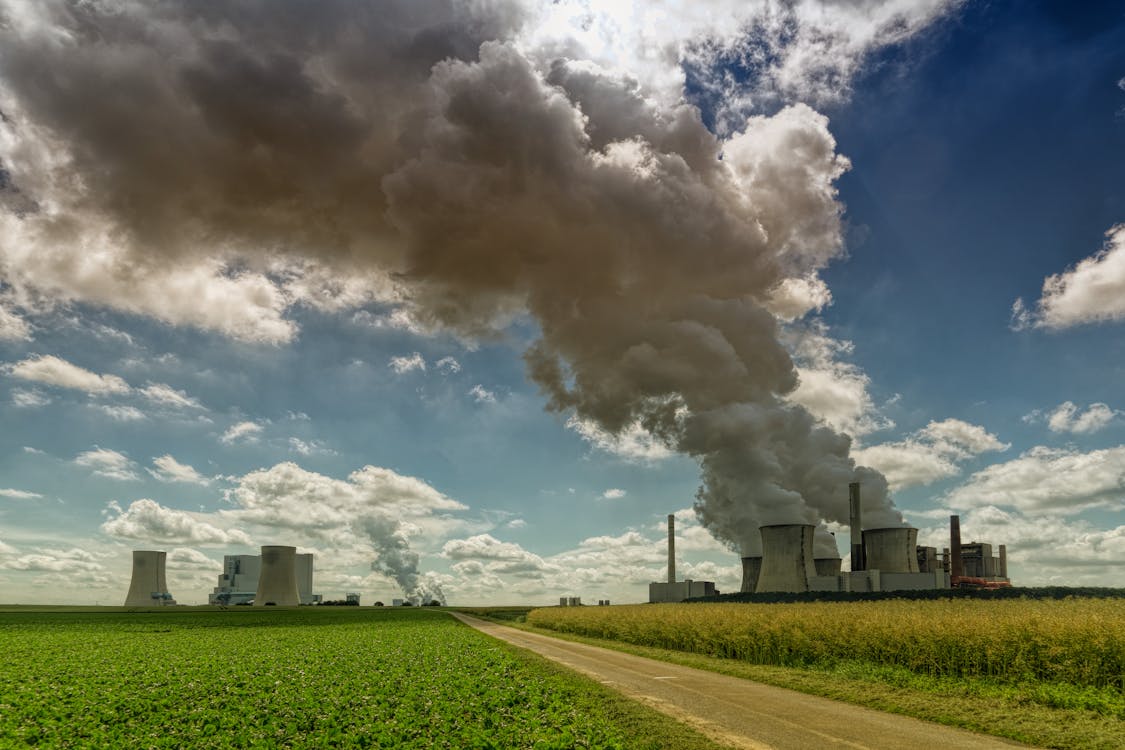Vertical farming is an innovative solution to the global food crisis that offers immense potential for investors. As urban populations grow and climate change threatens traditional agriculture, indoor vertical farms are primed to transform the future of food production. This article explores exciting opportunities in the vertical farming sector, from assessing promising stocks to building a balanced portfolio.
Understanding Vertical Farming
Vertical farming allows production of high-quality crops indoors in stacked layers with precisely controlled environments. This maximizes yields while minimizing resource use.
The Rise of Vertical Farming
The global vertical farming market is projected to reach $42.8 billion by 2032 with a CAGR of 25.5%, driven by:
- Rapid urbanization reducing available farmland
- Greater efficiency in land, water and energy use
- Ability to produce crops year-round unaffected by climate
Key Vertical Farming Industry Players
The vertical farming ecosystem contains diverse participants:
- Farm operators building and managing vertical farms
- Technology companies providing lighting, hydroponics and climate control systems
- Investment firms financing vertical farm ventures
- Advisory services assisting with design and operations
The Role of Policymakers
Governments recognize vertical farming’s potential and provide support through:
- Research grants to develop technologies
- Financial incentives like tax breaks
- Regulations to ensure safety and quality standards
Evaluating Vertical Farming Stocks
Many factors influence the investment appeal of companies in this emerging sector:
Technological Innovation
Cutting-edge technology drives efficiency and productivity. Key focus areas:
- Hydroponics and aeroponics to optimize plant growth
- LED lighting to reduce energy use
- Automation to lower labor costs
Firms innovating in these domains attract investor interest.
Market Conditions
Broader economic trends shape the vertical farming landscape:
- Consumer demand for sustainable, local produce
- Urbanization increasing need for city-based farms
- Regulations easing market entry in supportive countries
Financial Health
Scrutinizing income statements and ratios like debt-to-equity provides insight into companies’ stability and growth prospects.
6 Promising Vertical Farming Stocks
Here are six stocks offering varied exposure to the vertical farming megatrend:
Agrify (AGFY)
AGFY provides growing solutions plus software and analytics to indoor farms. Rapidly growing with strong upside but higher risk as a younger firm.
BrightSphere Investment Group (BSIG)
BSIG invests in vertical farming through holdings like AppHarvest. Offers portfolio diversification but capped upside compared to direct investments.
GrowGeneration (GRWG)
GRWG sells equipment for commercial and hobby growers essential for the vertical farming supply chain. Relative stability as an established player.
Hydrofarm Holdings (HYFM)
A leader in providing lighting, hydroponics and other systems to vertical farms. Broad customer base lends stability but can limit growth prospects.
Scotts Miracle-Gro (SMG)
Known for its lawn products, SMG provides vertical farming exposure through subsidiary Hawthorne Gardening. Brand recognition helps but involvement is still limited.
Village Farms International (VFF)
VFF leverages greenhouse expertise for large-scale vertical farm projects focused on leafy greens. Familiarity with controlled agriculture helps.
Building a Balanced Portfolio
Crafting an optimal vertical farming investment portfolio involves:
Mitigating Risk
Balance stable stocks like HYFM with higher growth but riskier plays like AGFY for diversity. Consider indirect exposure via BSIG to offset volatility.
Boosting Potential Returns
For possible higher yields, allocate a portion to pure-play disruptors like AGFY despite greater risk. Weigh long track records against newness.
Monitoring Trends
Continuously research vertical farming stocks and news as tailwinds like policy support and innovative technologies emerge. Adjust holdings accordingly.
Understanding the Risk Landscape
While promising, vertical farming investments carry hazards like:
Fickle Consumer Demand
If economic factors dent discretionary spending, demand for premium vertical farming output may slip.
Uncertain Regulations
Evolving cannabis cultivation and food safety policies present moving targets for vertical farms to comply with.
High Operational Expenses
Intensive lighting, heating and water usage incur steep energy costs that squeeze profit margins if unchecked.
Diversification and continuous research help mitigate risks when investing in this frontier industry.
Frequently Asked Questions – FAQs
Vertical farming is an innovative method of growing crops indoors in stacked layers, optimizing resource use and maximizing yields.
Vertical farming reduces land, water, and energy use, offering a sustainable solution to traditional agriculture challenges.
Investors should focus on technological innovation, market conditions, and the financial health of companies in the vertical farming sector.
Yes, governments provide research grants, financial incentives, and regulations to support the development and growth of vertical farming.
Risks include fickle consumer demand, uncertain regulations, and high operational expenses related to energy-intensive processes.
Investors can mitigate risk by balancing stable stocks with higher-growth but riskier plays, considering indirect exposure, and monitoring industry trends.
Conclusion
With appetite for local and sustainable agriculture surging globally, the vertical farming revolution offers tremendous potential. Though risks exist, astute investors can capitalize on the mouthwatering opportunities through targeted stock selection, balanced portfolios and navigating policy impacts – planting seeds for an abundant future harvest.

